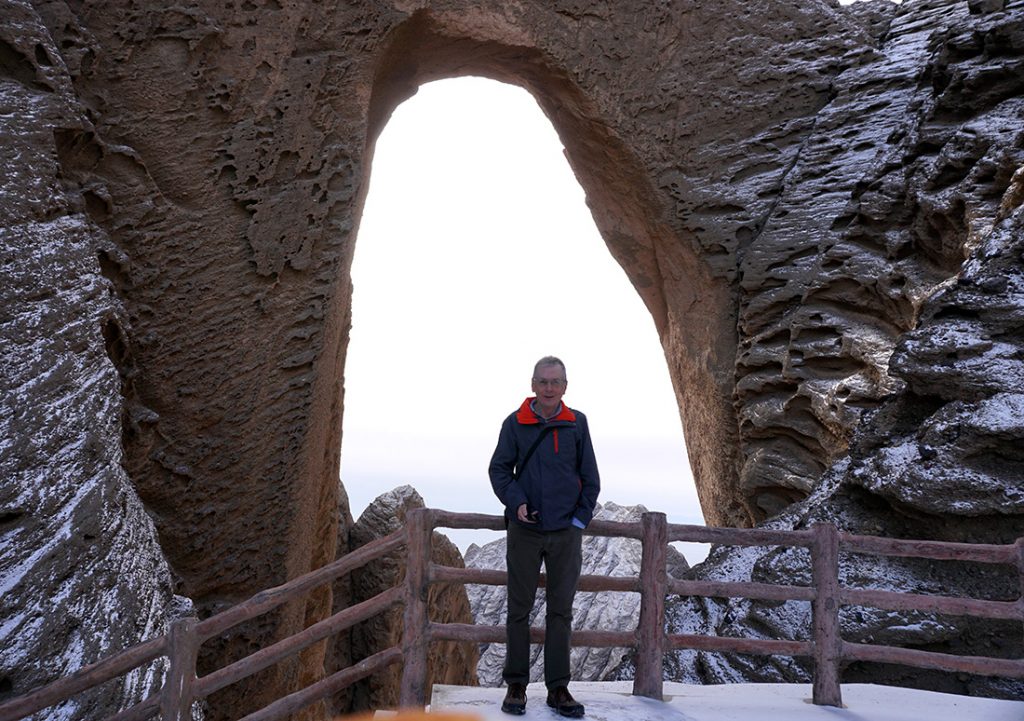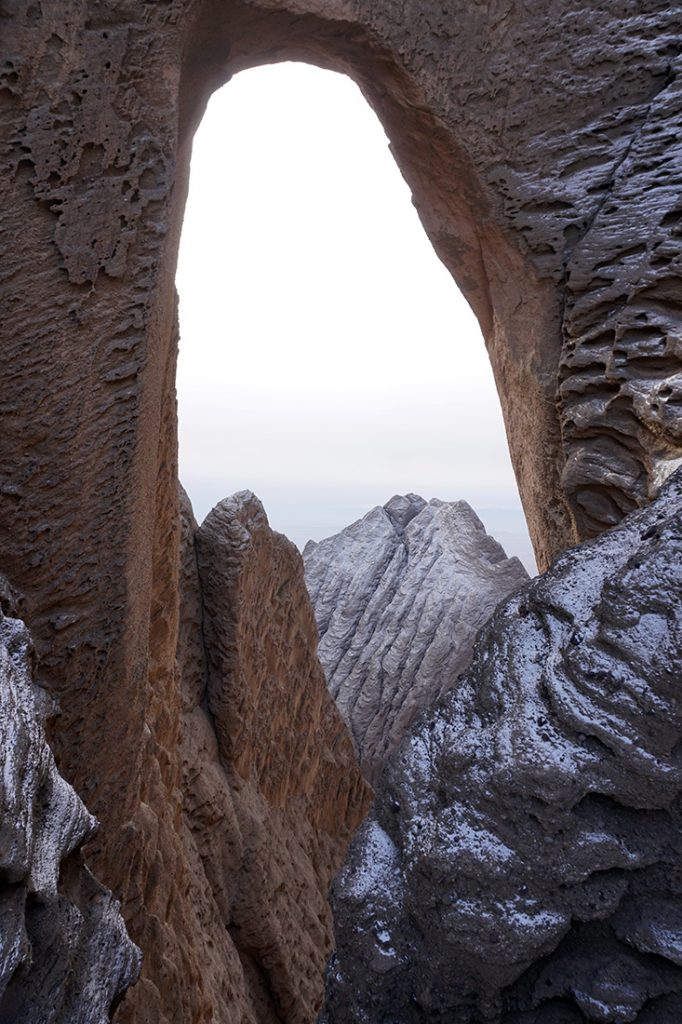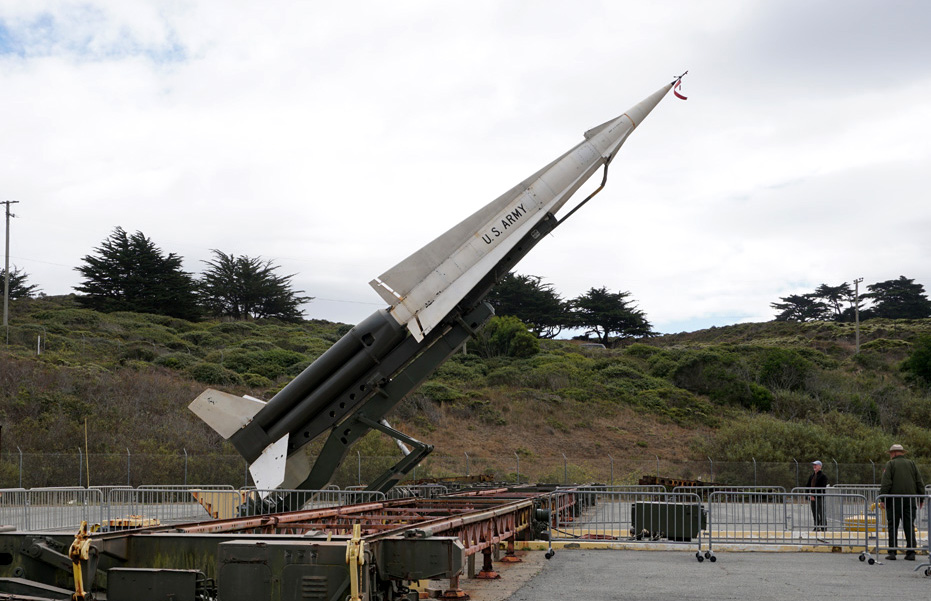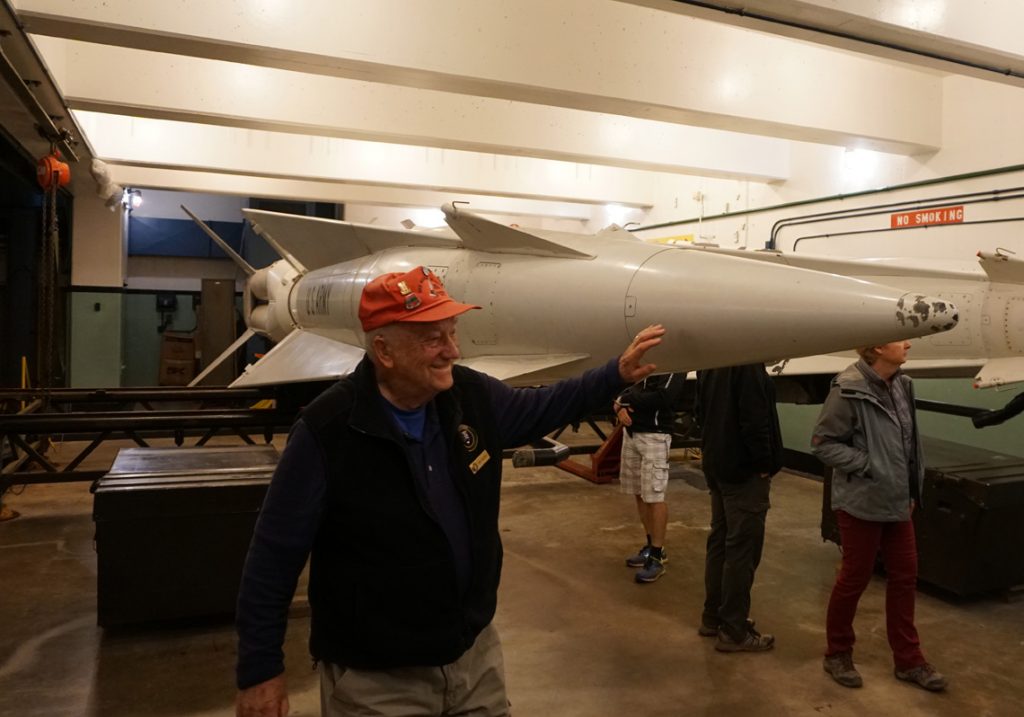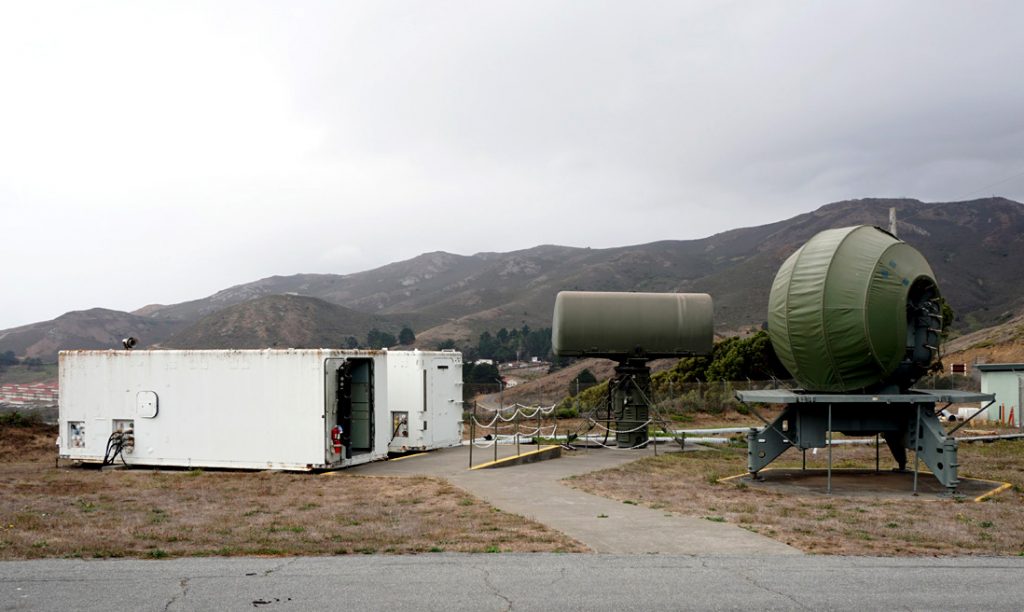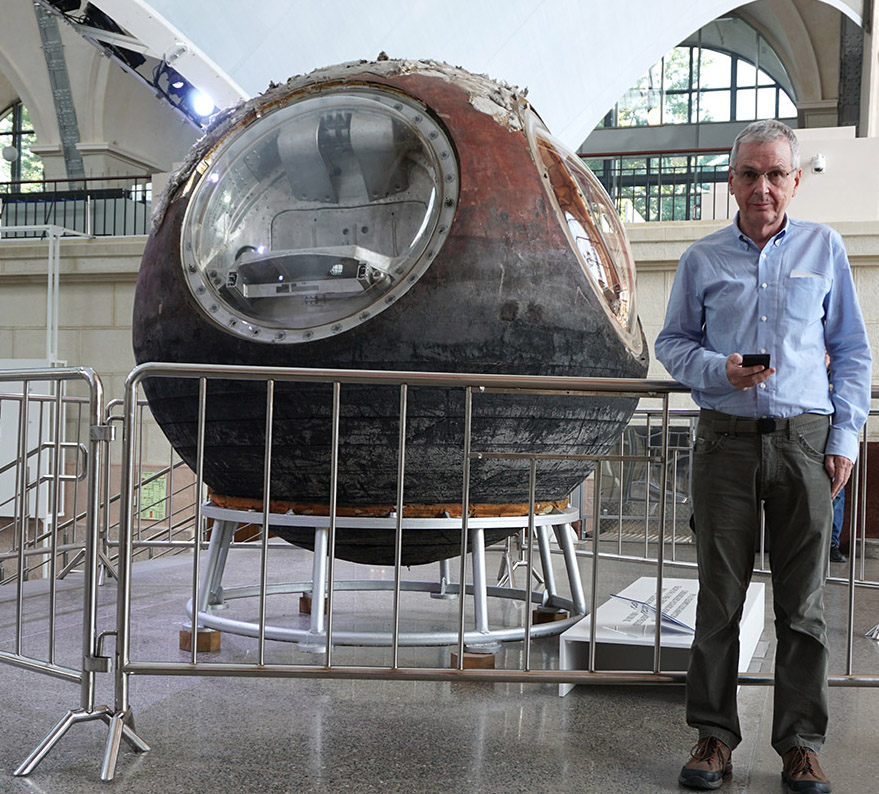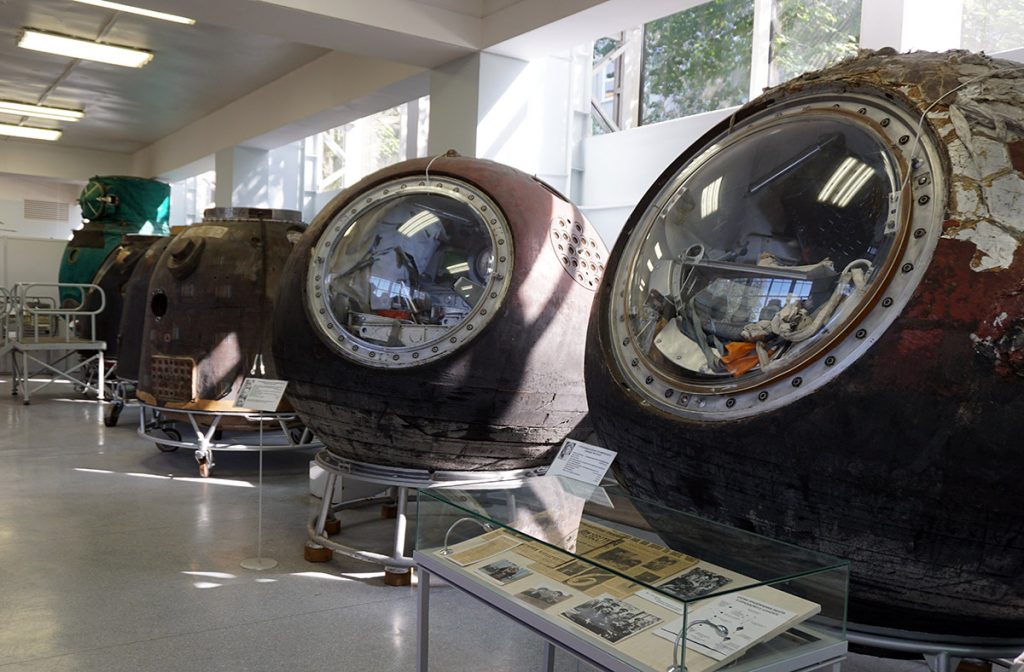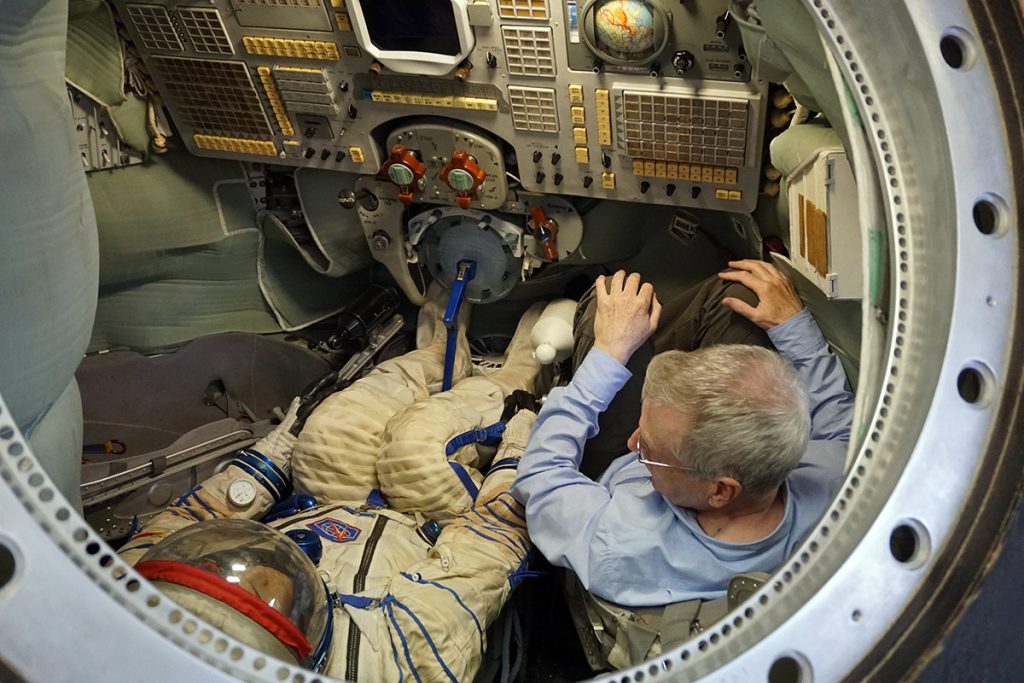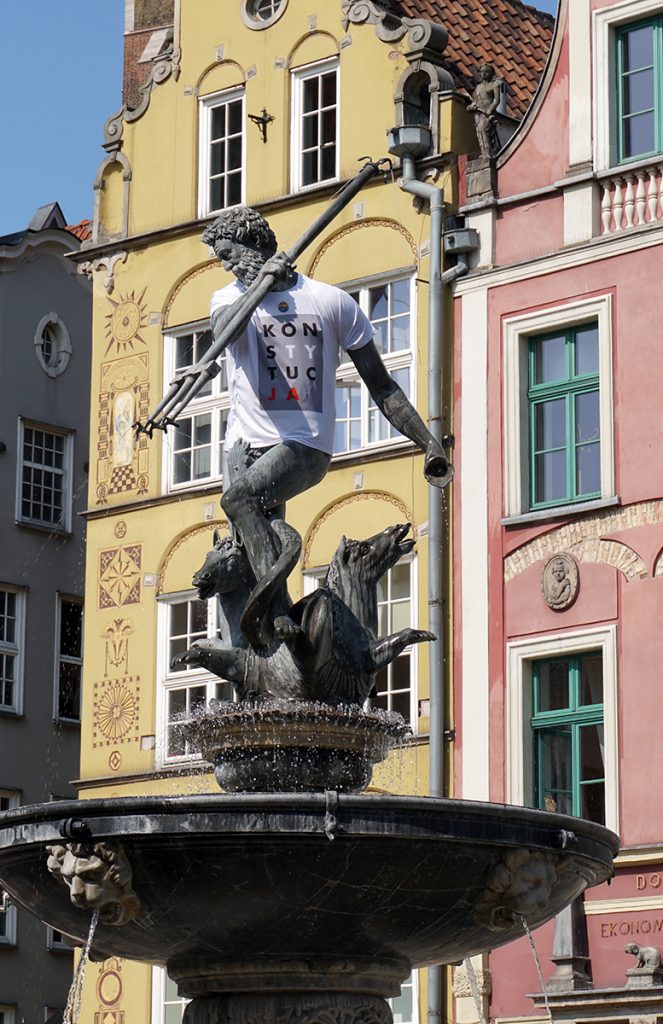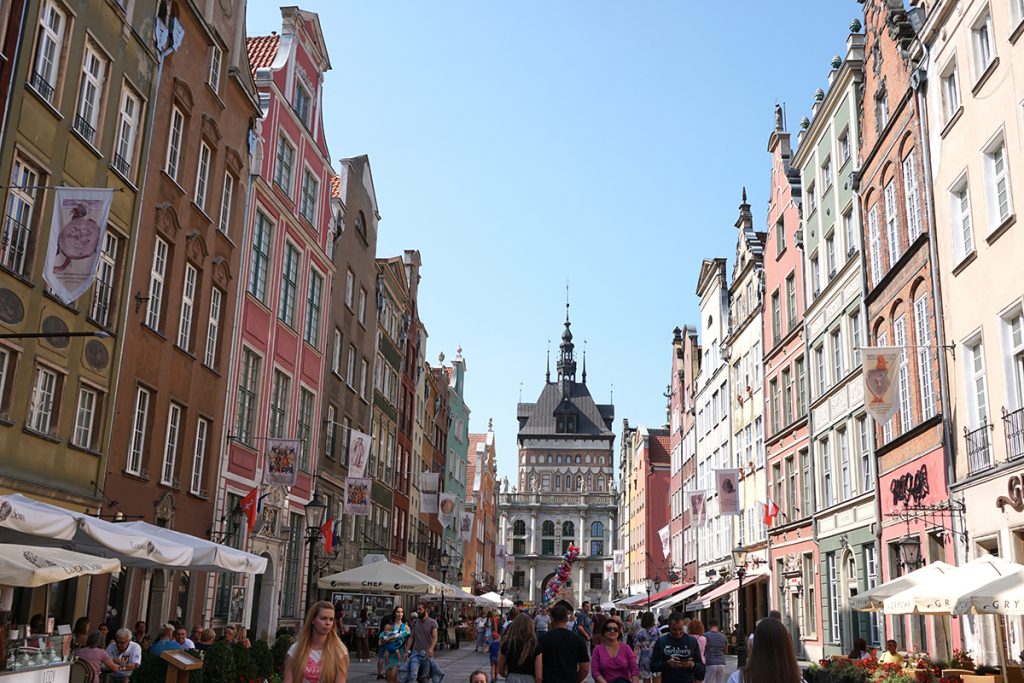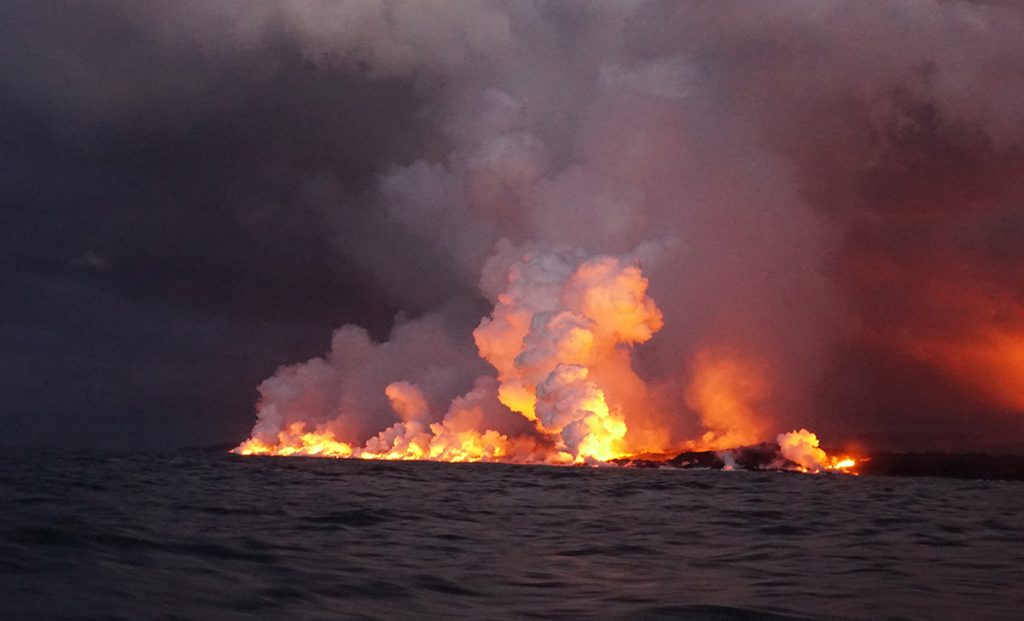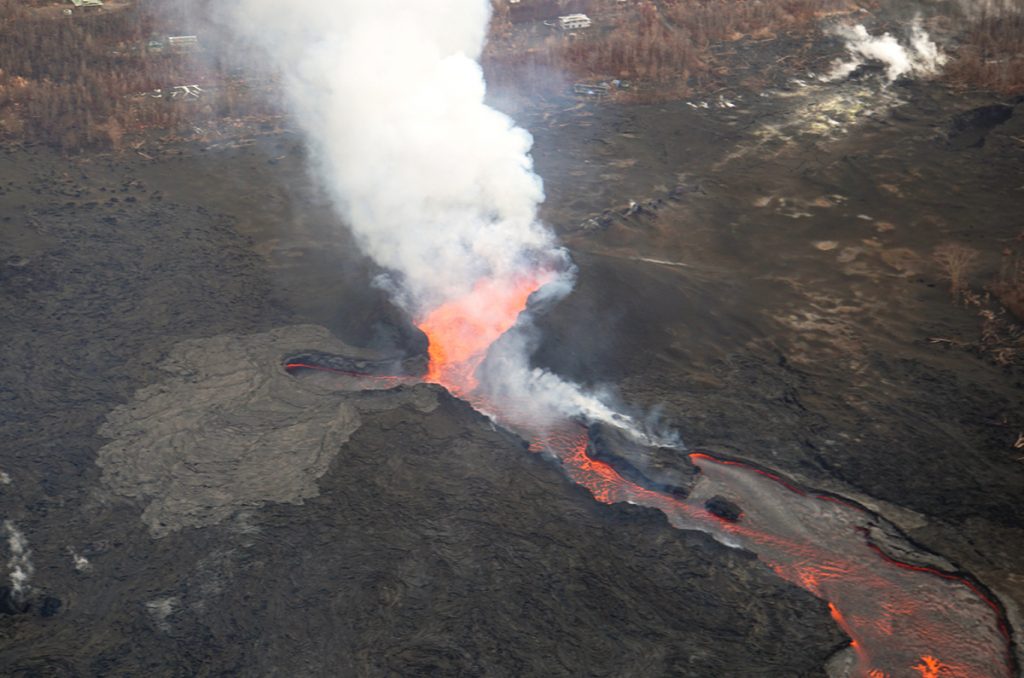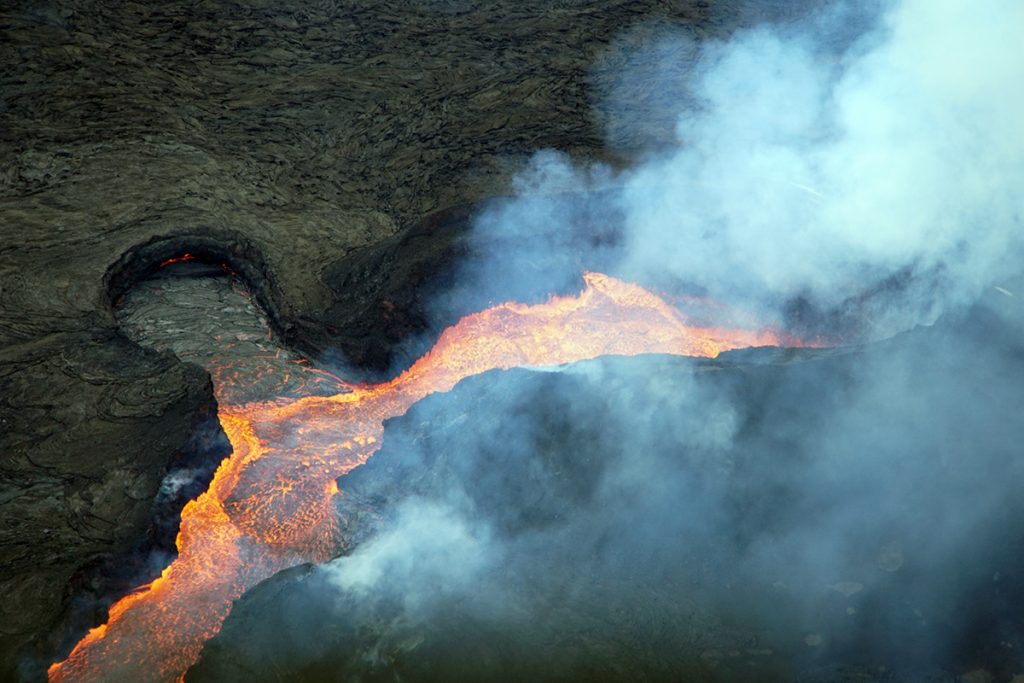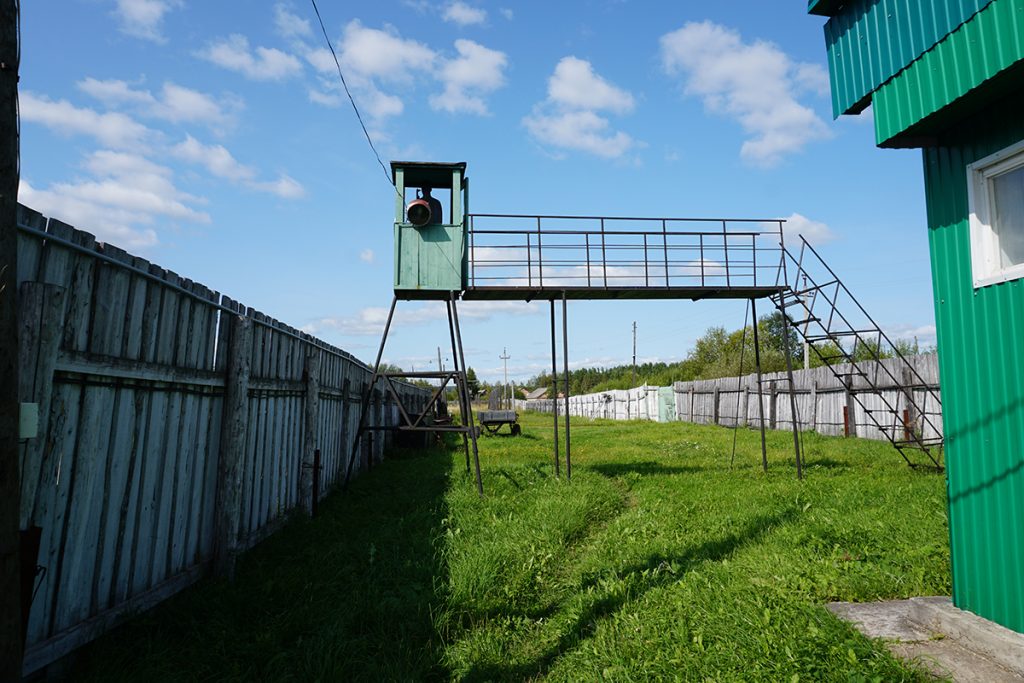 Perm-36 is the last surviving Gulag camp, now the “Museum of the History of Political Repression“, about 90km East of Perm.
Perm-36 is the last surviving Gulag camp, now the “Museum of the History of Political Repression“, about 90km East of Perm.
It was abandoned in 1988, became extremely dilapidated, then was reclaimed as a Museum in 1994 and partially restored. So what is visible today is a mix of original buildings and reconstructions. It is all post WWII however, so there is nothing from the Gulag heyday of the 30s or the Great Terror itself.
Perm-36 went through three phases:
- 1946-53: A conventional Gulag camp, mostly housing criminals and workers convicted of anti-social crimes such as chronic absenteeism, etc. Perm-36 was a relatively mild labor camp, not an intensive punishment camp.
- 1953-72: A special prison for servants of the Stalinist regime who had fallen out of favor with the new regime. This included NKVD officers, politicians, etc. These prisoners were relatively privileged.
- 1972-88: A special prison for dissident and anti-Soviet elements. There prisoners were typically well educated and their treatment relatively mild.
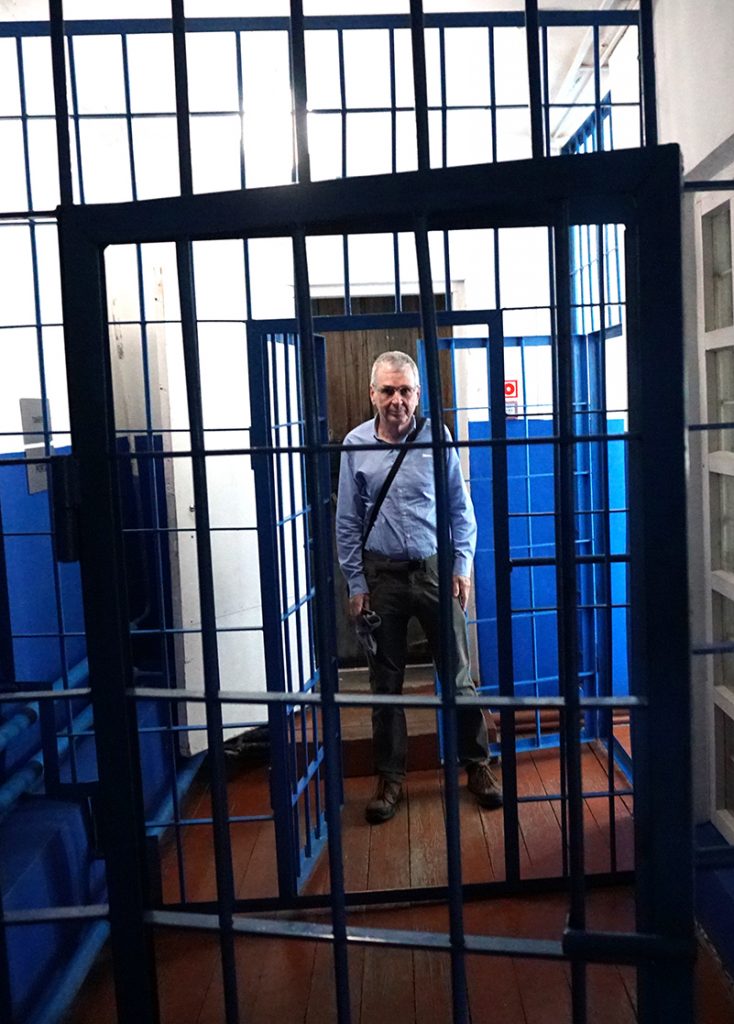 The most interesting surviving buildings are:
The most interesting surviving buildings are:
- The entrance/administrative building. This includes the visitor rooms. The later, more privileged prisoners were allowed to either have face-to-face visitor meetings with a guard present or in especially privileged cases to have two or three day shared room stays with spouses or other family members.
- One barracks building, which had housed 50-60 people in each of four barrack rooms. Back in the day, they would have triplex bunks, and two small stoves in opposite corners, which would be less than adequate for the colder nights.
- A punishment block. This included some short stay cells for a first offense, and a long stay unit for 4+ weeks for repeat offenders. Guards might decided to target specific prisoners as “offenders” based on orders from higher up. The main punishment was reduced rations. Long term prisoners had to work at simple factory tasks.
The main task of the Gulag camps in this area was logging, to help provide wood for rebuilding efforts after WWII. Perm-36 was originally part of that, although I got the impression that part had probably faded away in its later years with more privileged prisoners.
Before 1953 security was light as prisoners had nowhere to flee. After 1953, the camp had five levels of fencing. A reconstruction is on display. Two of the fences were wooden walls, intended to mask visibility in and out. One fence was electrified, not to kill but to stun and sound an alarm. The Museum plays recordings of angry barking dogs to add authenticity!
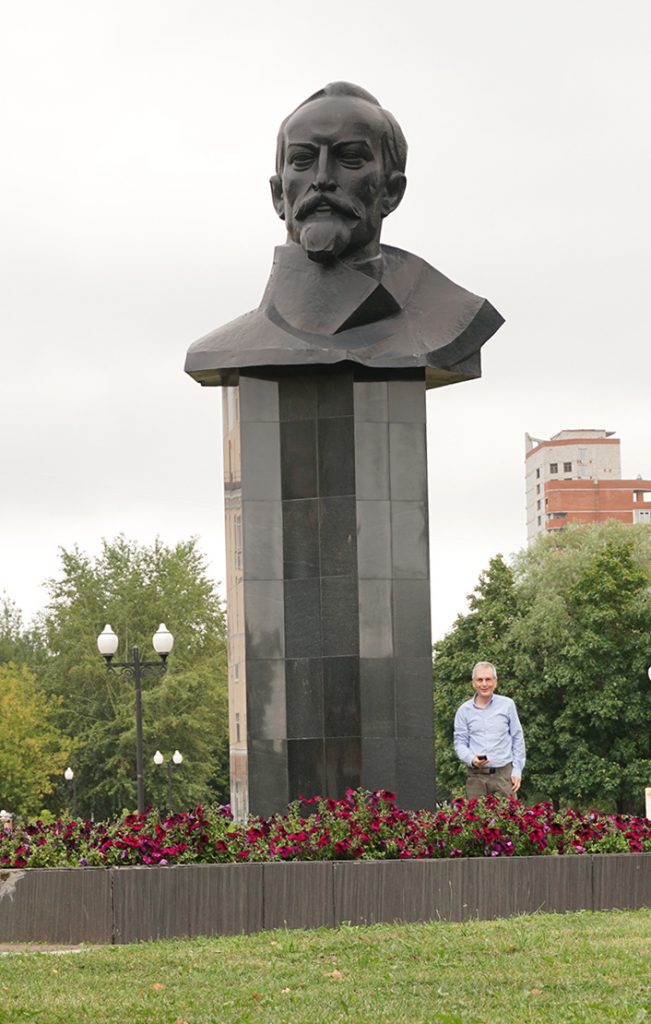 Since this is the only surviving Gulag camp, I’m glad I visited. But at another level, it was only mildly interesting. Both my guide and the Museum signage tended to convey an impression that it was “not that bad” and merely a labor camp. Now of course this is all post WWII, when things were probably much better that during the horrors of the 1930s. Even so, my impression is that the Museum is also sanitizing the 1940s experience – it would be easy to leave with the impression it was “just” a labor camp, and I think the reality was much harsher than that implies. This is after all the period described in One Day in the Life of Ivan Denisovich. It would have been interesting to have death rate data for example.
Since this is the only surviving Gulag camp, I’m glad I visited. But at another level, it was only mildly interesting. Both my guide and the Museum signage tended to convey an impression that it was “not that bad” and merely a labor camp. Now of course this is all post WWII, when things were probably much better that during the horrors of the 1930s. Even so, my impression is that the Museum is also sanitizing the 1940s experience – it would be easy to leave with the impression it was “just” a labor camp, and I think the reality was much harsher than that implies. This is after all the period described in One Day in the Life of Ivan Denisovich. It would have been interesting to have death rate data for example.
The city of Perm itself also offers one surprise, a gigantic bust of Felix Dzerzhinsky, the founder of the Soviet security police. A man who made Stalin look warm and cuddly and is still fondly remembered, by some at least.
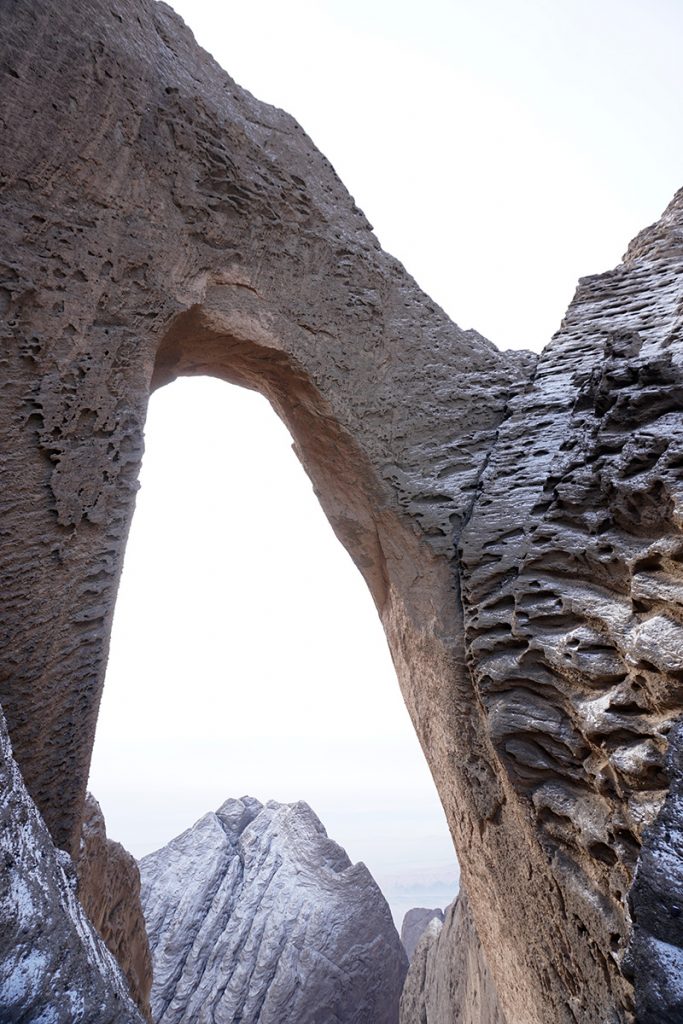 This morning I was out at Shipton’s Arch, near Kashgar, Xinjiang, China.
This morning I was out at Shipton’s Arch, near Kashgar, Xinjiang, China.